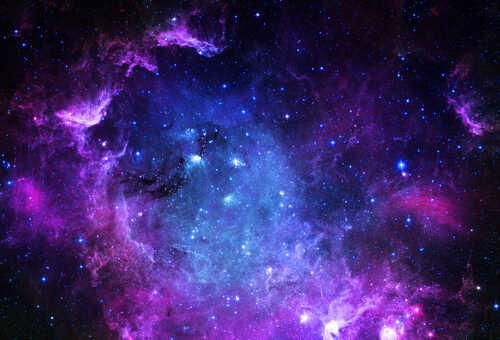(TheLibertyRevolution.com)- Pictures taken by the James Webb Telescope reveal distant galaxies that, to our limited human understanding, shouldn’t exist.
According to a study published in Nature, a team of international researchers analyzing photos of the area around the Big Dipper discovered six possible galaxies that likely originated between 500 and 700 million years after the Great Bang. These galaxies may contain as many stars as our own Milky Way, yet in our present, restricted grasp of cosmological theory, they should not exist, according to the team’s calculations.
According to one of the study’s authors, Joel Leja, they had certain expectations for the sort of galaxies that existed in the early universe: they are young and little. Hubble and other early universe investigations have found blue infant galaxies, which are still forming their first star systems and structures out of the primordial cosmic soup.
Stars are blue while young and brighten to red as they age. Redshift theory describes this phenomenon. Astronomers did not expect to find red stars or galaxies with more than a billion stars in the ancient galaxies.
According to Leja’s calculations, the most massive galaxies in their sample are expected to have masses two to four times lower than our Milky Way. To his amazement, they found candidates for galaxies as enormous as our own, which existed when the universe was just 3% as old as it is now.
This finding is causing scientists to reevaluate all of their previously held beliefs about the universe. They call this revelation a “universe breaker.”
To account for the presence of such large galaxies so soon to the Big Bang, scientists would have to reevaluate either the fundamental laws of cosmology or the theory that the earliest galaxies formed from nebulae containing a few stars and dust.
It is generally accepted that following an initial period of rapid expansion, the cosmos entered a dark age of several hundred million years, during which time gas cooled sufficiently to consolidate and collapse, giving rise to the first stars and galaxies.
The unearthing of such expansive galaxies in the immediate wake of the big bang indicates that the dark ages may have been much more active after all and that the universe probably began star formation far earlier than we thought.















